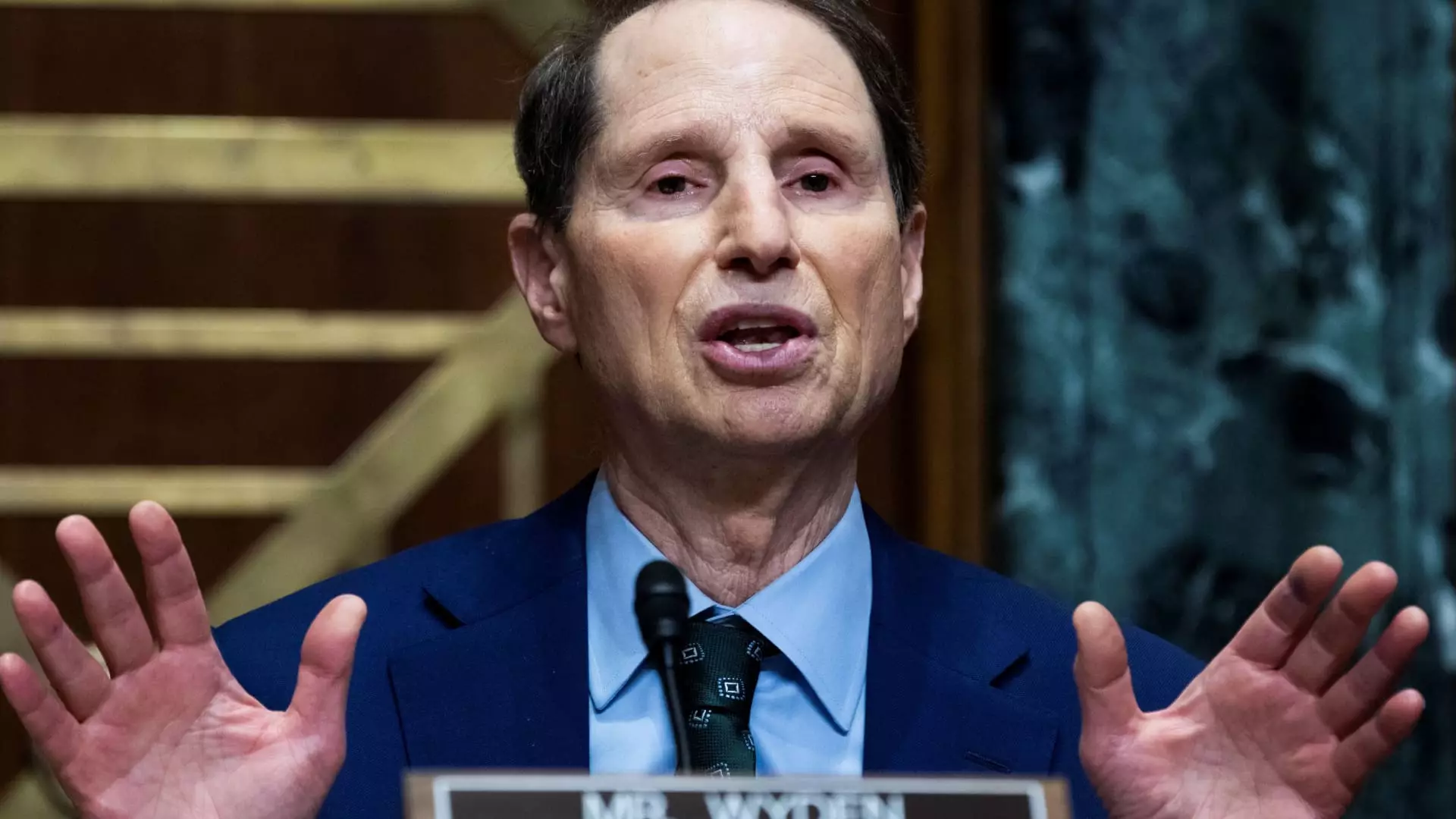The looming expiration of significant tax provisions under the Tax Cuts and Jobs Act (TCJA) creates a pivotal moment for lawmakers in the U.S. As the clock counts down to 2025, discussions surrounding these tax breaks are intensifying, with the potential to influence millions of families and small businesses across the nation. Originally enacted in 2017 under former President Donald Trump, the TCJA introduced sweeping tax reforms, many of which were designed to be temporary. Without Congressional action, these provisions are set to expire, reshaping the financial landscape for countless Americans.
The imminent sunsetting of TCJA provisions, including lowered federal income tax brackets, heightened standard deductions, and enhanced child tax credits, poses significant challenges. Particularly noteworthy is the fate of the qualified business income deduction (QBI), which provides a tax break of up to 20% for pass-through businesses. This deduction has proven vital for small businesses, many of whom have struggled amidst unprecedented challenges—including the COVID-19 pandemic and rising inflation. The urgency for lawmakers to act is underscored by the fact that failure to extend these provisions may result in tax increases for over 60% of filers, according to estimates from the Tax Foundation.
Advocates for small businesses are vocal in their calls for making the QBI deduction permanent. Organizations like the National Federation of Independent Business represent a formidable constituency of around 300,000 small businesses, the lifeblood of the American economy. Jeff Brabant, the federation’s vice president for federal government relations, articulated the sentiment of many small business owners who view the QBI as crucial for their survival. He pointed out the myriad challenges they have faced, from pandemic-induced closures to a tight labor market.
In a parallel vein, discussions around the child tax credit have emerged as a critical area of concern. The expansion initiated by the American Rescue Plan of 2021 provided families with increased financial support, which played a pivotal role in reducing child poverty to a historical low. However, as these crucial relief measures fade, the stark reversal of fortune represents a devastating shift for many families. The child poverty rate soared back to troubling levels in the years following the expiration of expanded benefits, illustrating a growing disparity that lawmakers cannot afford to ignore.
Competing priorities in Congress complicate the negotiation landscape significantly. On one hand, there is an urgent need to address the potential tax hikes resulting from the expiring TCJA provisions. Conversely, experts like Kent Smetters from the Wharton School emphasize the fiscal challenges posed by the rising national debt, which, as of now, exceeds $35.3 trillion. The ongoing debate around tax breaks is likened to arguing over furniture while the house is burning—a vivid metaphor that encapsulates the urgency of addressing broader fiscal responsibilities.
Making decisions that affect the financial wellbeing of countless Americans while also managing an extensive and growing debt presents a complex dilemma for lawmakers. The overarching question becomes one of prioritization: how does the government balance immediate needs with long-term fiscal sustainability? As the 2025 deadline approaches, the negotiations are expected to delve deep into these intricate issues, reflecting the broader societal tensions between supporting families and small businesses while ensuring government accountability.
As lawmakers confront the impending expiration of key tax provisions, the intersection of family welfare, small business sustainability, and fiscal responsibility demands careful consideration. With the expiration of TCJA provisions, the ripple effects on everyday Americans could be profound, requiring decisive action from Congress. Amidst partisan divides and competing priorities, finding common ground will be essential to navigate these tumultuous waters as America seeks a financial landscape that fosters growth while safeguarding the well-being of its citizens. The coming months will be crucial in determining how the nation addresses these complicated yet critical fiscal challenges.

